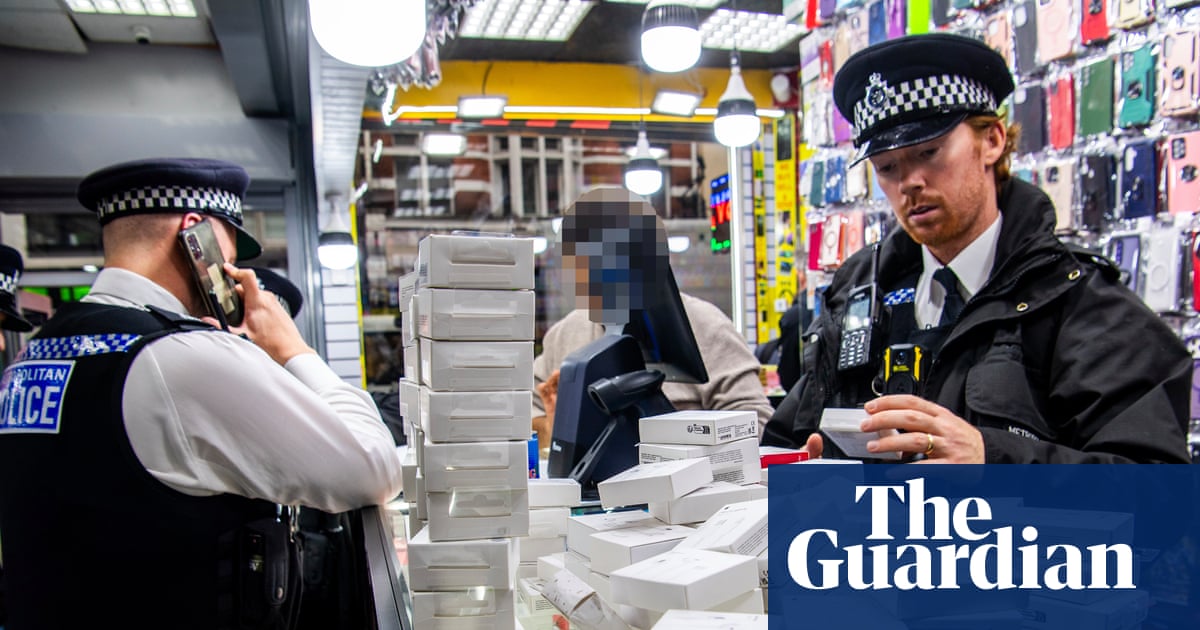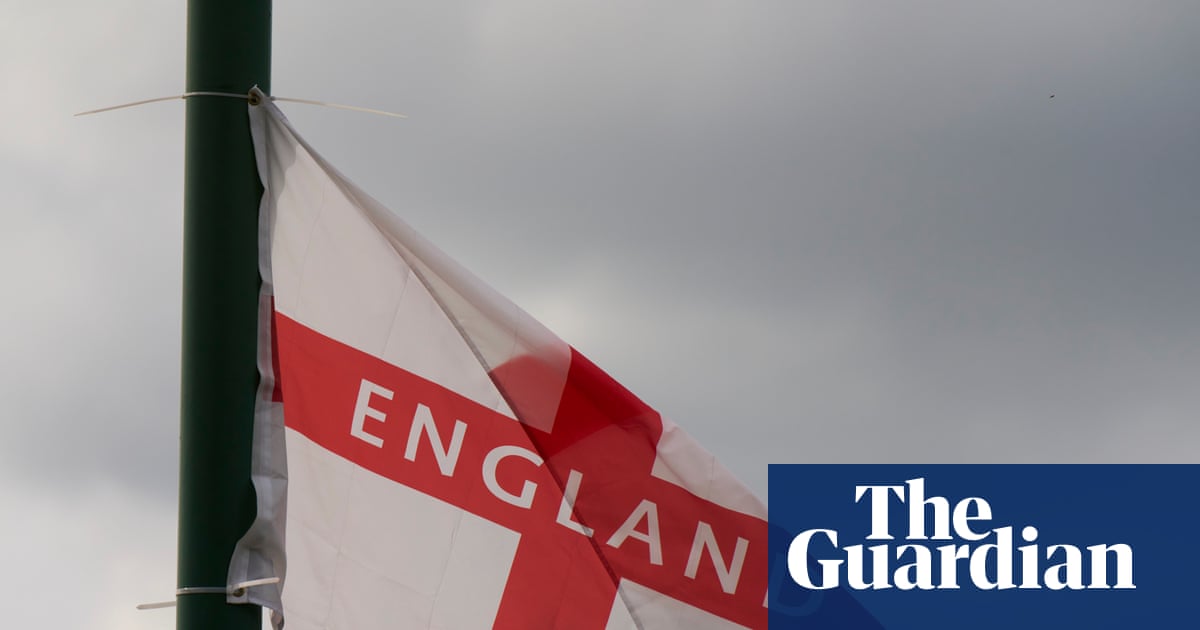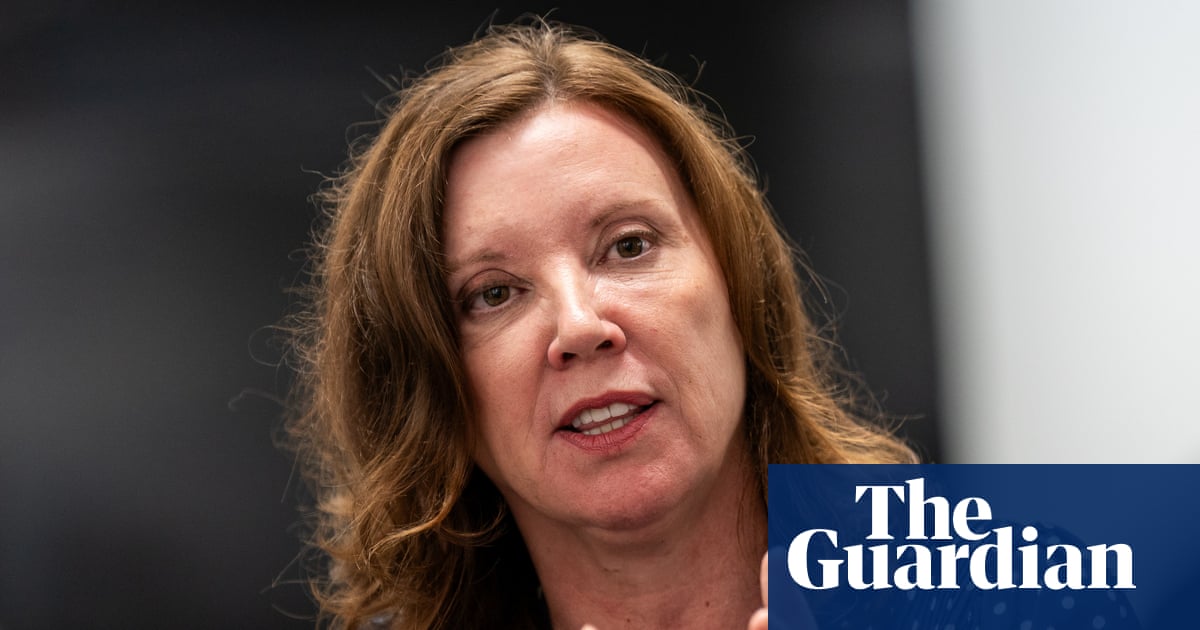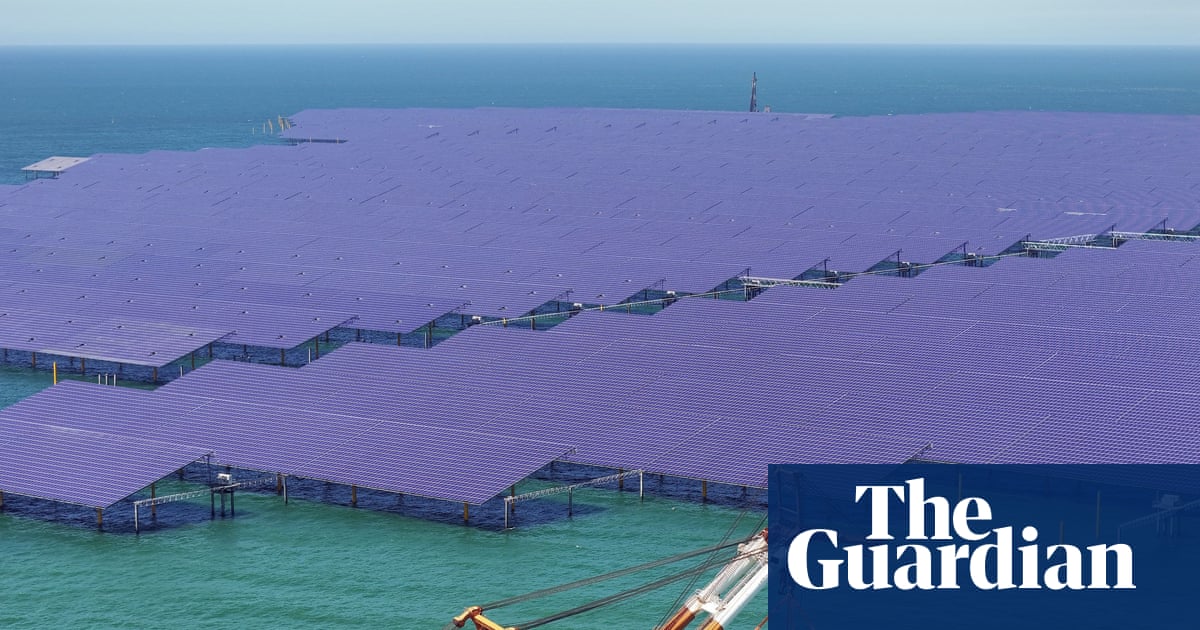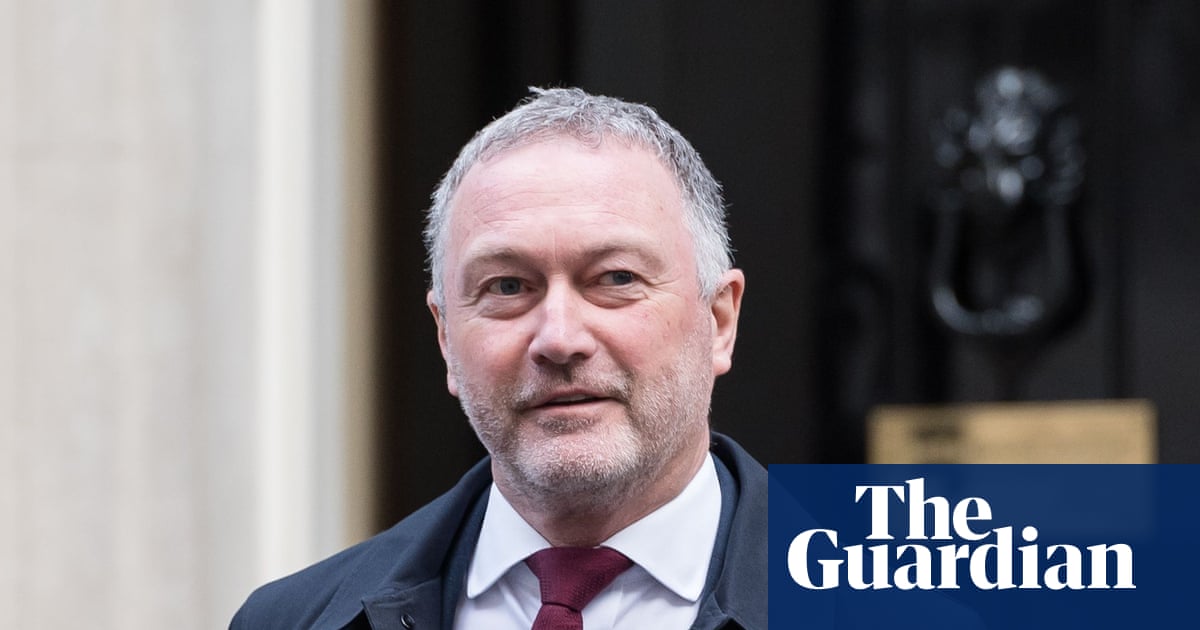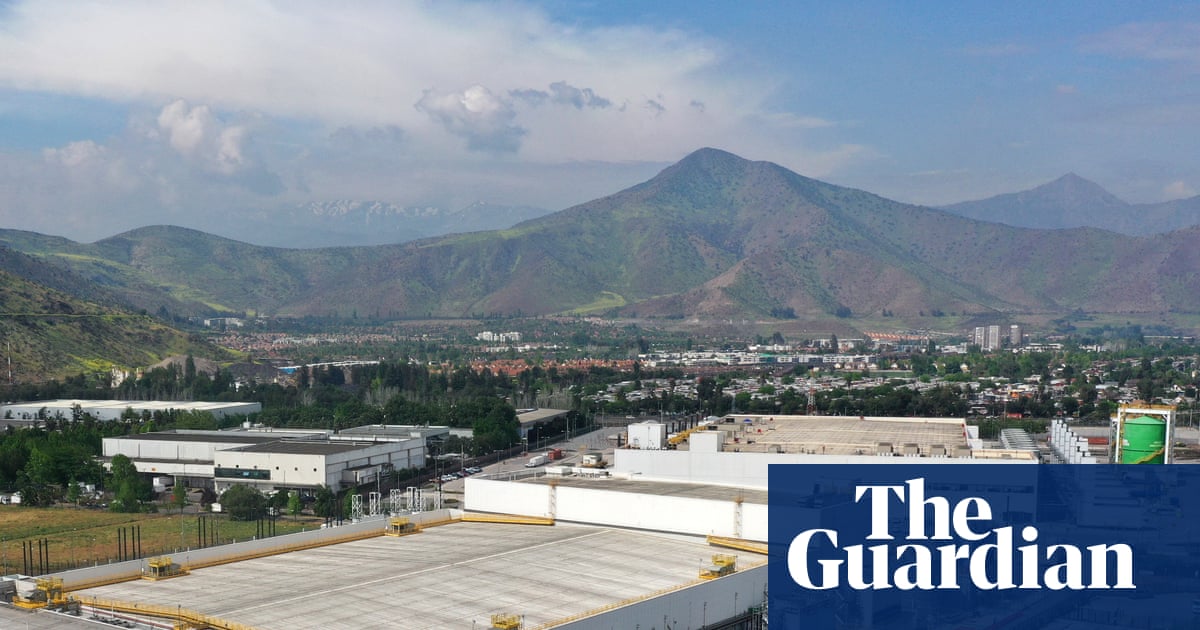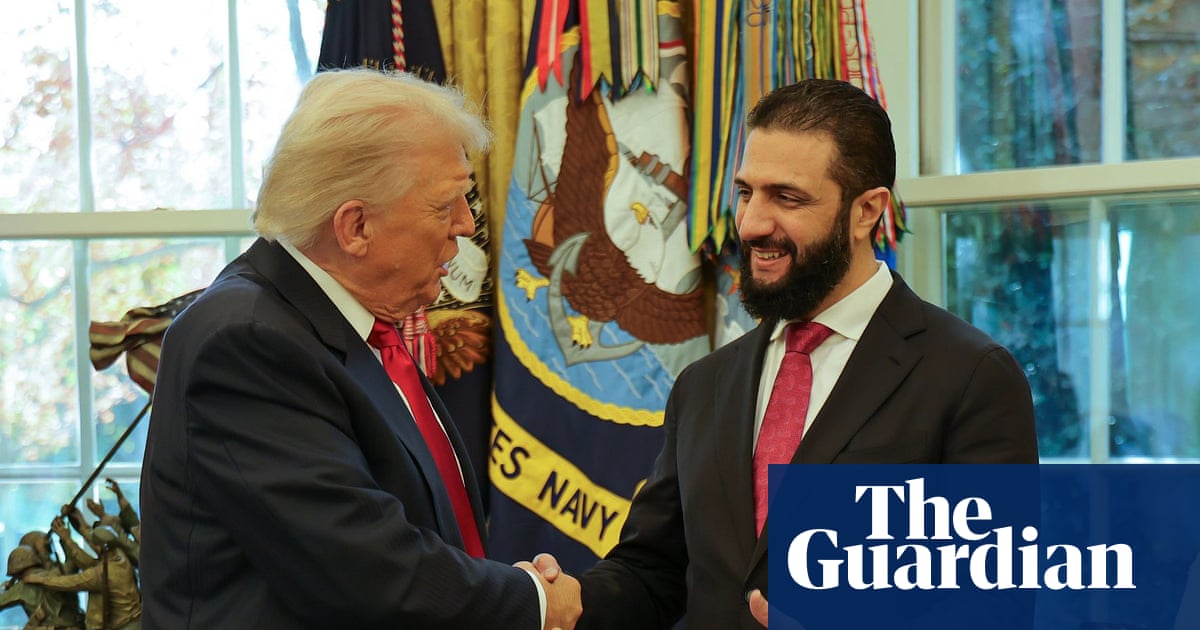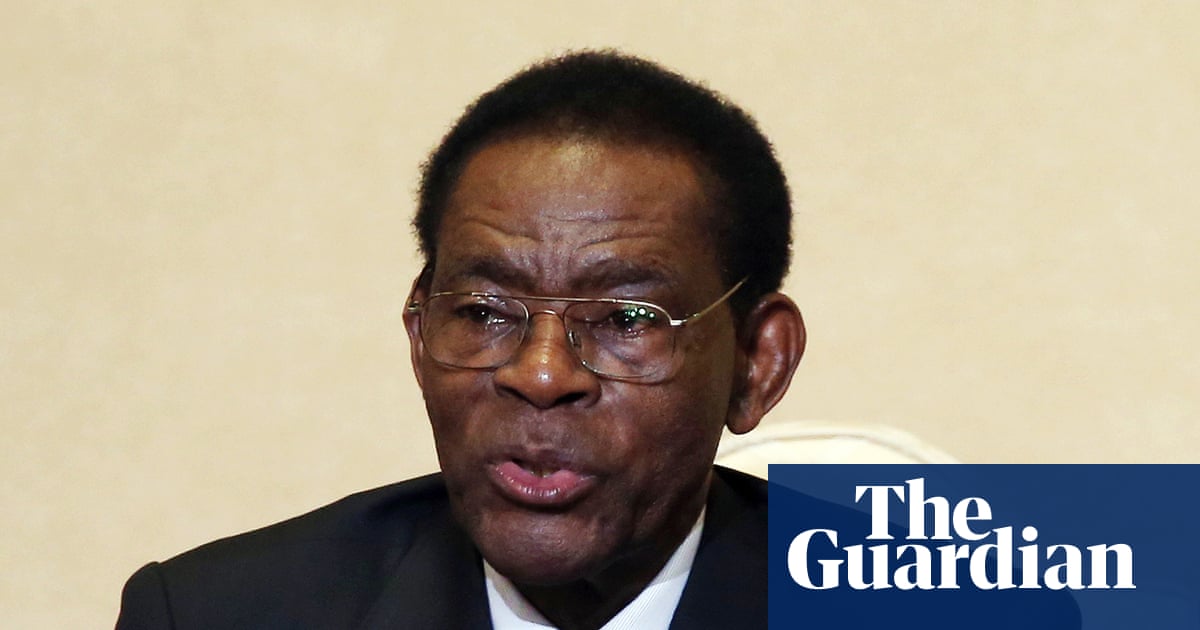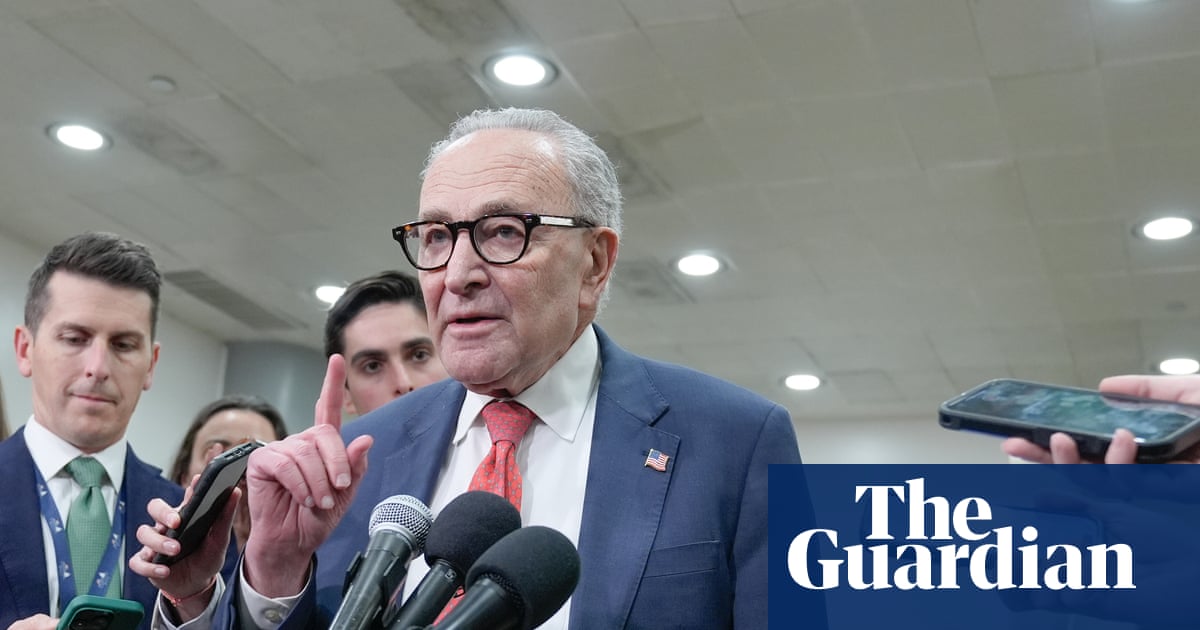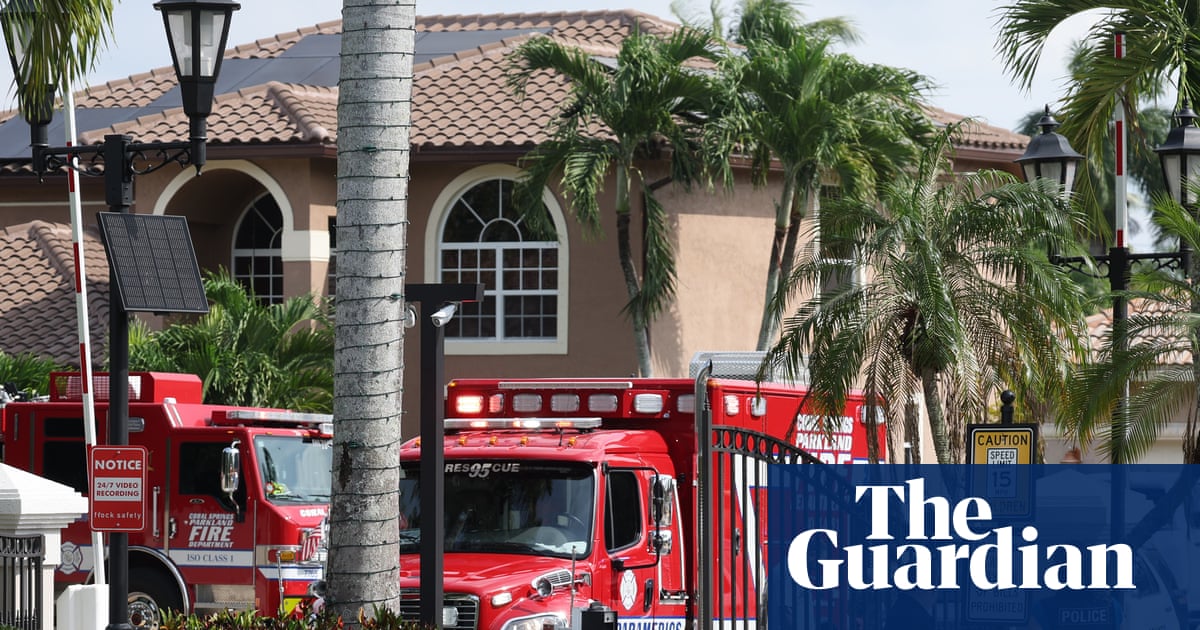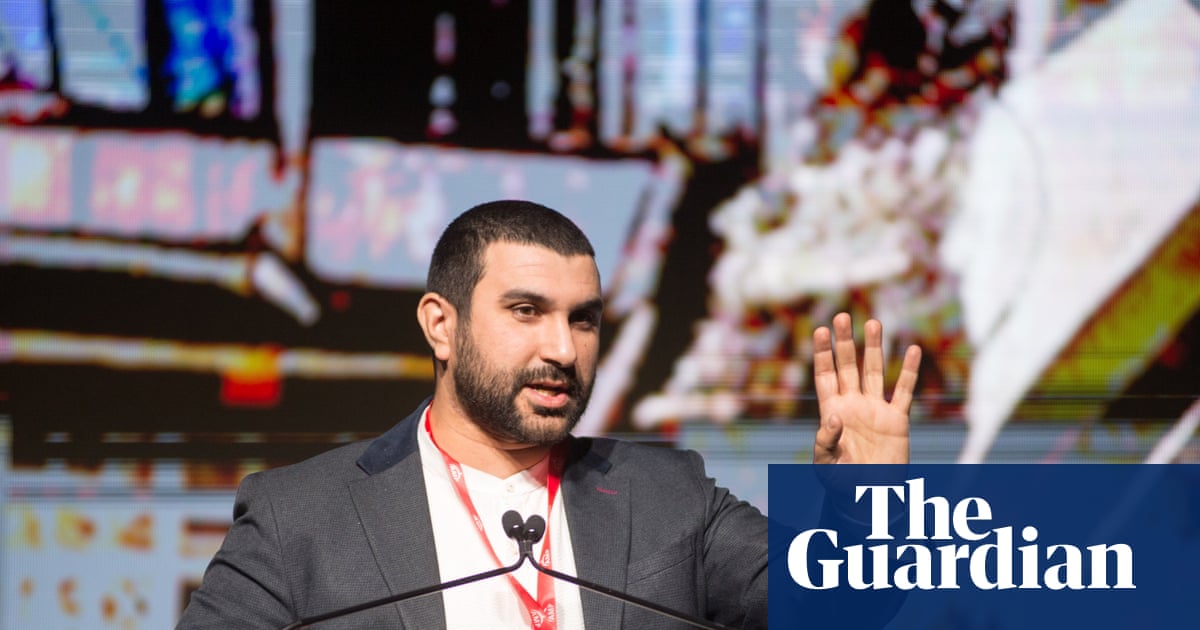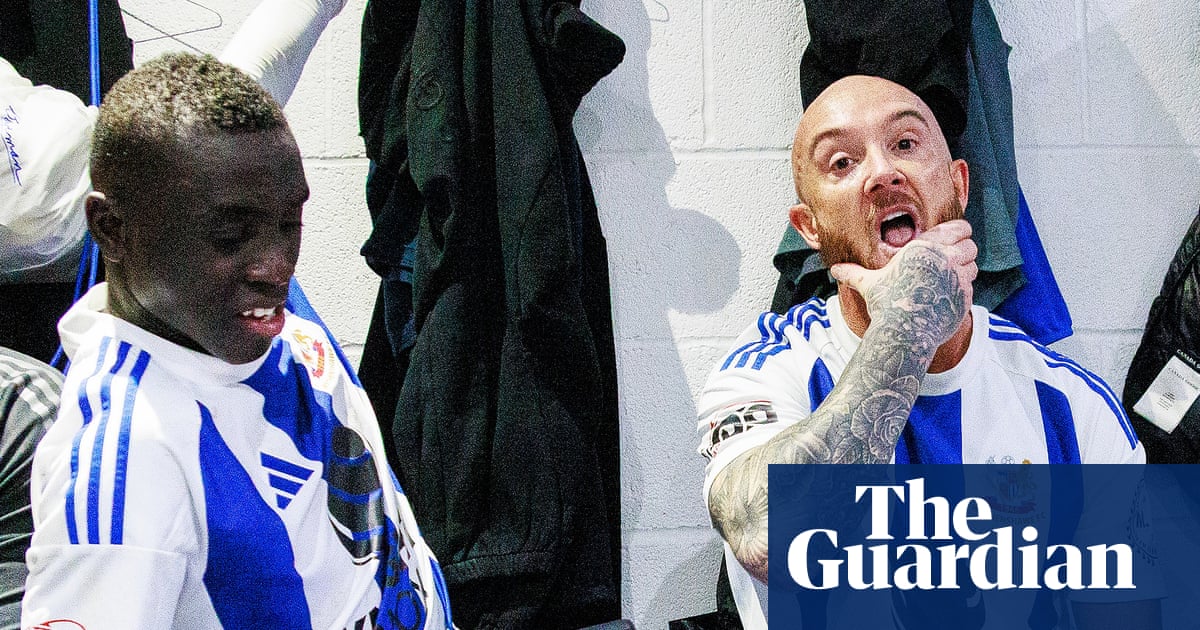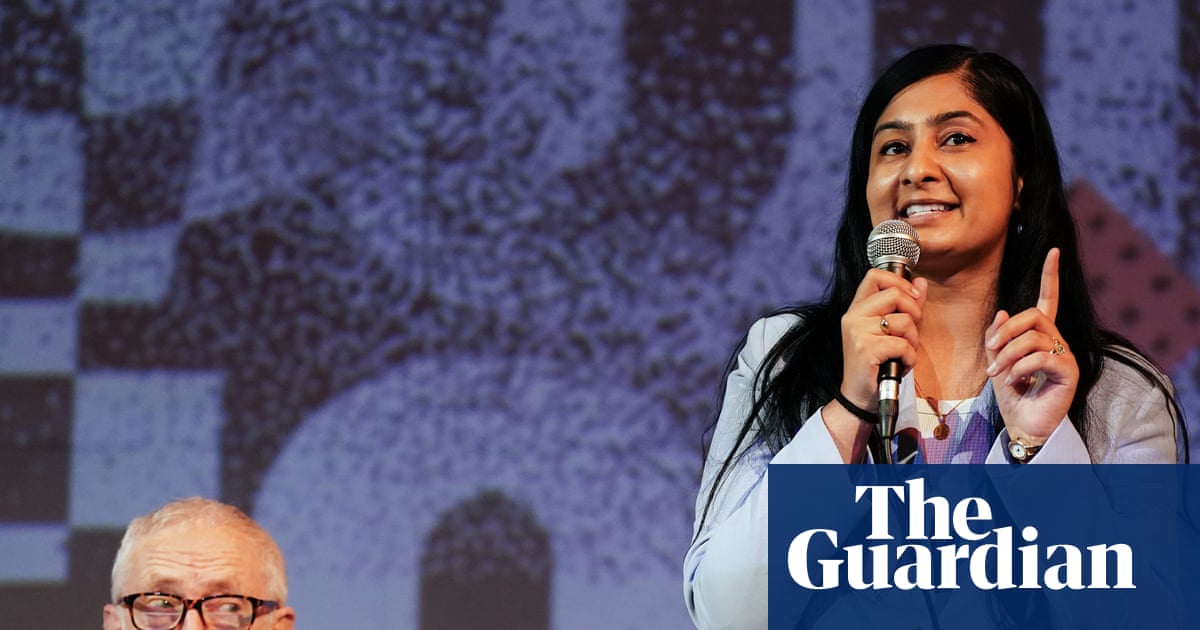The few remaining hospitals and clinics in central and southern Gaza are being overwhelmed by a “tsunami” of injured and sick patients fleeing a new Israeli offensive in the north of the devastated territory, medics say.
At both Nasser medical complex, in the southern city of Khan Younis, and field hospitals in al-Muwasi, the coastal “humanitarian zone” designated by Israel, staff are struggling to cope with large numbers of new arrivals forced out of Gaza City in the north of the devastated Palestinian territory.
“We are seeing more people every day from the north with blast and bullet injuries, with old, dirty and infected wounds,” said Dr Martin Griffiths, a consultant trauma surgeon at Barts NHS health trust in London who arrived as a volunteer in Gaza two weeks ago. “Every one is hungry, malnourished, has lost their home and loved ones, and every one is scared. We have not got enough of anything.”
Griffiths said the emergency department of the 90-bed field hospital where he was working in al-Muwasi had received 160 injured in a single night, with 600 people seeking treatment from its small primary health care clinic.
Approximately 320,000 people have already complied with Israeli military evacuation orders and fled Gaza City, according to the latest figures from the UN. Many are sick, injured or malnourished.
The crisis has been made worse by the closure of a series of medical facilities in northern Gaza in recent days as Israel presses its offensive there.
“People have been referred from the [hospitals in Gaza City] or are just making their own way. There is a huge number of kids, some very small, and a lot of younger men, [but] the blasts effect everyone. We are seeing this tsunami coming towards us, with more and more injuries and less and less [supplies to treat them],” Griffiths told the Guardian.
With vehicles rare, roads clogged and many displaced people making the journey on foot, some patients were arriving with week-old injuries.
“Even if you have a vehicle it can take a day or two at least. If the bullets or bombs don’t get them, then infection will. My message is just: please, we just need to stop the fighting.”
At Nasser, the only large-scale facility still functioning in Gaza, new arrivals in the paediatric wards are being treated in corridors because all beds for children are full.
“We are really just hanging on here. It is really bad. We are at our absolute limit. All the staff are exhausted and we are low on stores of essentials,” said Mohamed Saqr, the director of nursing at Nasser.
In private messages seen by the Guardian, the Israeli military has told aid workers that only hospitals would be considered “protected” and that all other humanitarian sites in Gaza City must evacuate.
The Jordanian field hospital in Gaza City’s south-western neighbourhood of Tal al-Hawa received orders to evacuate on Monday morning, according to a senior health official.
Dr Munir al-Bursh, director general of Gaza’s health ministry, said the hospital had at least 300 patients, as well as medical staff. The order came as residents reported that troops were approaching the facility, with dozens of families trapped in their homes and shelters around the hospital.
The Gaza health ministry said services had been suspended at two other Gaza City hospitals: al-Rantisi children’s hospital, which was badly damaged a few days ago by an Israeli bombardment, and the Eye hospital.
“None of the facilities or hospitals have safe access routes that allow patients and the wounded to reach them,” the ministry said.
Medics in Gaza City said al-Rantisi remained partly open as a first aid point, staffed by two nurses and a single doctor, though continuous shelling and shooting has made it impossible for people to access the hospital.
Approximately half of patients requiring dialysis in Gaza City have been forced to leave, according to Medical Aid for Palestinians (MAP), an NGO working in Gaza, which also said that its rehabilitation unit in the central town in Deir al-Balah has reported a doubling of patient numbers in recent days.
Israel launched its offensive into Gaza City, which it describes as the last stronghold of Hamas, last week.
On Monday, Benjamin Netanyahu, Israel’s prime minister, said he was determined to achieve his war aims in Gaza: the elimination of Hamas, the release of Israeli hostages held there and ensuring that Gaza “will no longer pose a threat to Israel”.
Israel controls all access to Gaza and says it allows enough food, aid and supplies into the territory. Zikim crossing has remained closed since 12 September, however, significantly constraining the delivery of humanitarian aid in the north.
The war was triggered by Hamas’s 7 October 2023 attacks on Israel in which militants killed 1,200 people, mostly civilians, and took 251 hostage. The ensuing Israeli military campaign has killed more than 65,000 Palestinians, mostly civilians, and injured more than 160,000, and has spread famine, reduced swathes of the territory to ruins and displaced most of the population, in many cases multiple times.
Abed al-Hayek, an MAP project manager, said on Tuesday that oxygen and fuel stocks at the al-Sahaba medical complex in Gaza City, which offers intensive care for newborns, were nearly depleted.
“The situation remains extremely difficult and fuel is essential for providing the medical services we offer. Yesterday, we received 1,000 litres of fuel, which is only enough for four days, as we consume around 250 litres per day. We don’t know what will happen in just two days’ time,” al-Hayek said.
Some supplies have got through. On Sunday, the International Committee of the Red Cross (ICRC) supplied the al-Shifa medical complex with fluid infusions, dressing kits, medicine and 500 body bags. Unicef also reached Gaza City, delivering hygiene supplies, a spokesperson said.
“Much more is needed to adequately meet the astronomical levels of need that exist on the ground,” the ICRC said in a statement, blaming ongoing military operations and restricted humanitarian access for limiting aid deliveries.
Griffiths, who travelled to Gaza with UK-Med, a frontline medical aid charity, said that the clinic in al-Muwasi where he was working was “short of everything”, including antibiotics and painkillers, and described how he had been unable to save a 14-year-old boy who had been shot in the head and neck.
“He was clearly dying in front of us. There was nothing we could do. His dad was pleading with us to do something, but all we could do was to find somewhere quiet for them both,” said Griffiths.
One of Britain’s leading specialists in the treatment of traumatic injuries, Griffiths described performing multiple operations on a younger boy with head, leg and torso injuries.
“He is deeply, deeply traumatised. Emotionally, he is in pieces. He has lost his family, his parents, everything. Every day he is going to the theatre to have more shrapnel pulled out. I sit with him and hold his hand. I can make him better physically, but there is nothing I can do for the emotional trauma. It is horrific,” Griffiths said.

 1 month ago
33
1 month ago
33

